The story of Florence’s former Teatro Comunale, now replaced by the “black cube,” as Florentines have called the new building that has risen in its place (because of its impactful appearance), is a paradigm of how urban destinies can change radically in the space of a few years, going from a symbolic place of the city’s culture to a real estate operation now at the center of a harsh public controversy(read also Federico Giannini’s editorial here). The prodromes go back even more than two decades: it was in fact 2001 when the city council led by Leonardo Domenici planned to build the new Teatro del Maggio, near the Cascine Park, to replace the old 19th-century structure (however, extensively remodeled after World War II, when bombings ended up almost razing the building to the ground). The municipality announced a competition for the new theater, won by the architectural firm ABDR Architetti Associati, and work began in 2008.
Meanwhile, in 2007, the City Council, again under Domenici’s leadership, included the building in its plan of disposals with an initial estimate of 44.5 million euros. Through the old Comunale, destined to close its doors permanently in 2014, the City Council intends to find economic resources in anticipation of the inauguration of the new theater, which opens its doors in 2011, when Matteo Renzi is mayor of Florence. In the meantime, the costs of the new complex had soared: according to a 2010 Corriere Fiorentino article, it was initially supposed to cost 82 million, which then became 236 as early as 2010. The municipality covered part of the cost: 40 million in all, of which 7.5 million, however, was received from the state (which had already put up 54 million in 2010).
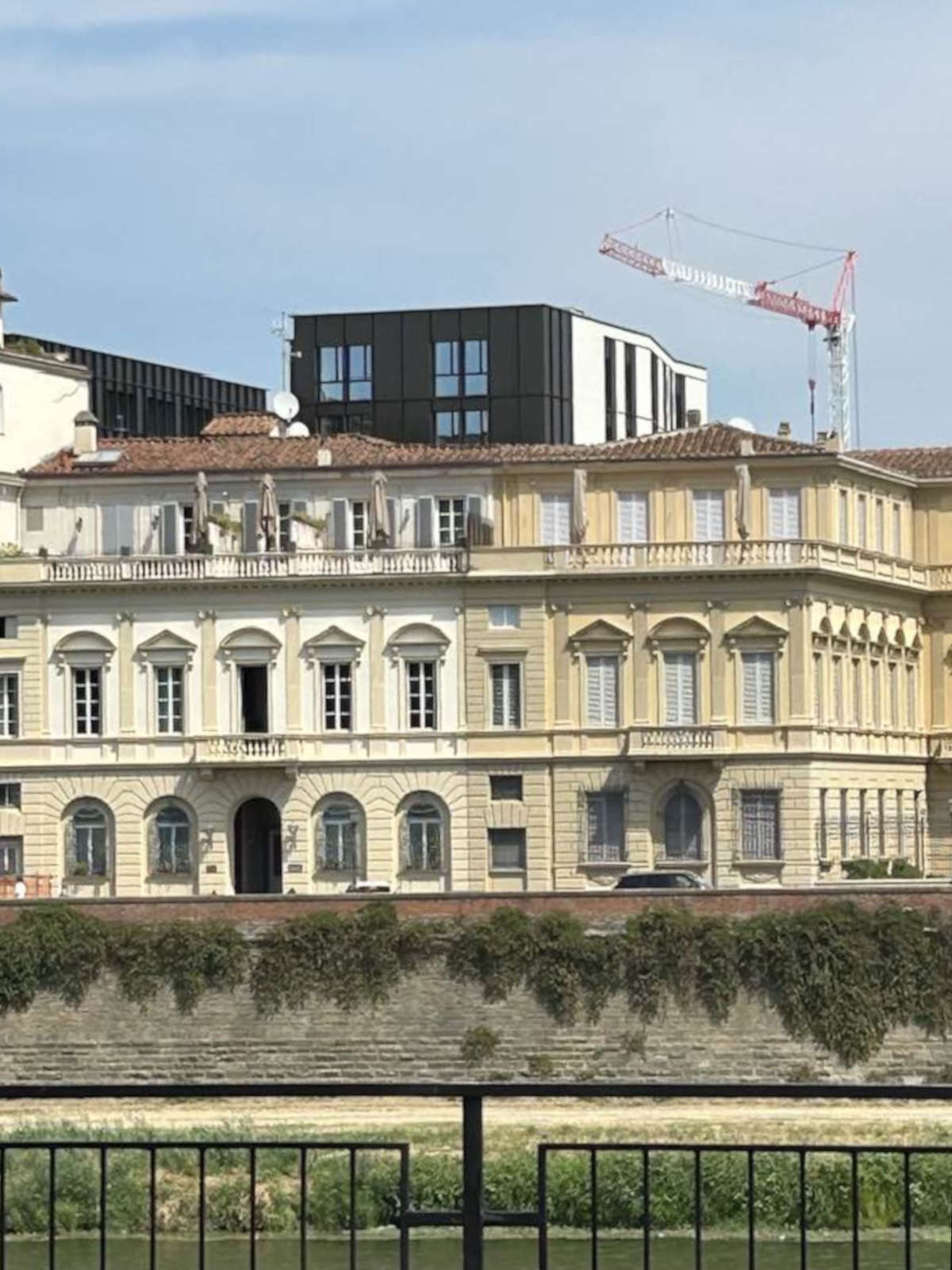
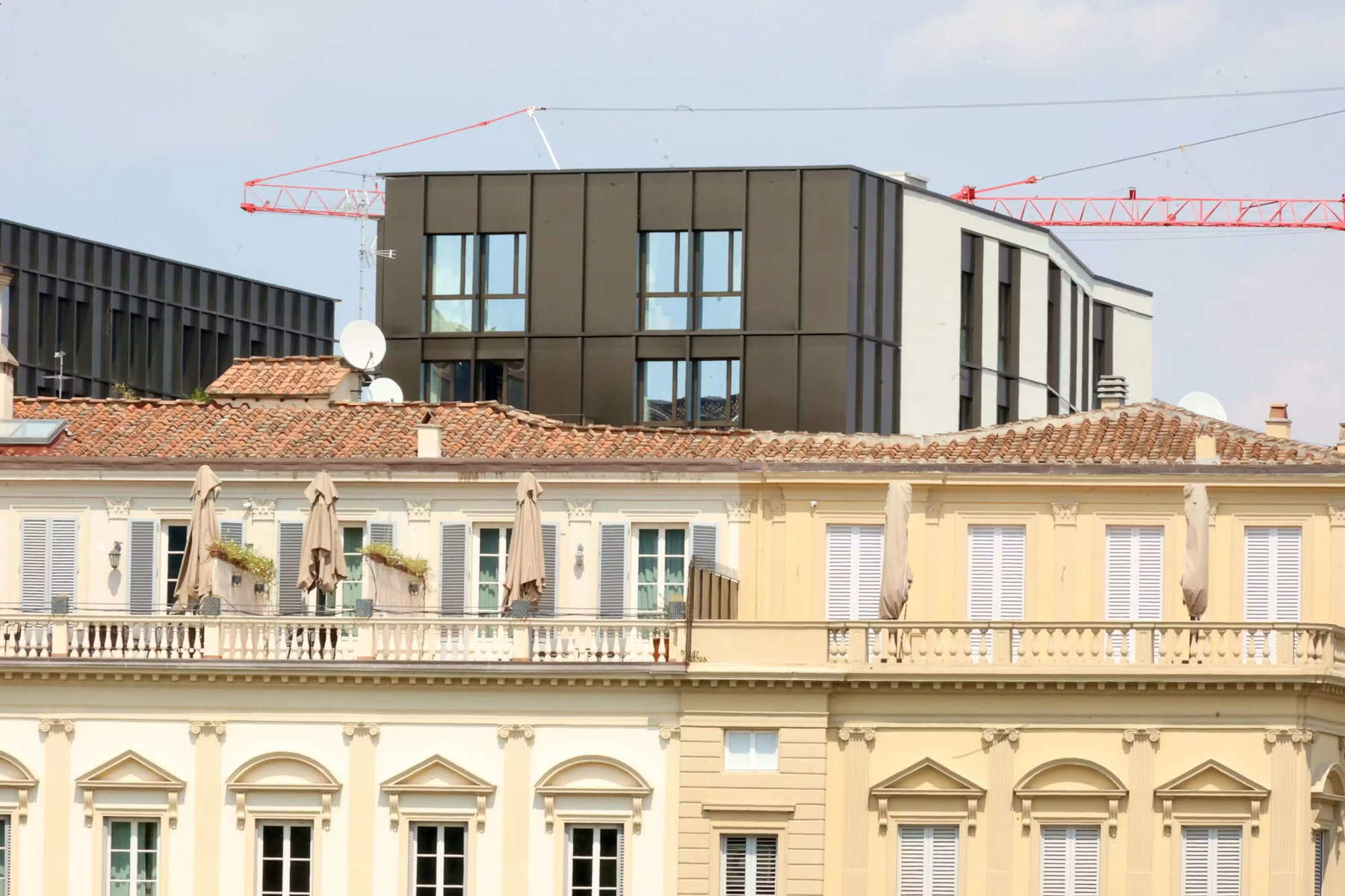
The first auctions of the former Teatro Comunale, held in 2010, set at 44 and 35 million euros, respectively, were unsuccessful. The Renzi junta then decided to take out a 35.6 million mortgage, a choice that drew criticism from those, such as the perUnaltracittà council group, who denounced the operation as a stretch, useful only to make ends meet. In a communiqué at the time, the risk was feared that, in order to attract buyers, the way would be opened to speculative projects with the reduction of subsidized housing and an increase in luxury residences.
Which then punctually occurred: in December 2013 the property was sold to Cassa Depositi e Prestiti for 23 million euros, almost half the initial estimate. A figure that aroused harsh criticism from oppositions and city associations, convinced that the transaction marked the selling off of a public asset, and criticism of the Cassa’s misuse as a mere intermediary in real estate speculation (CDP, in fact, as its very name suggests, was born as an entity that managed Italian postal savings in order to invest them in works of public utility). However, in those years CDP expanded its role as a financial entity involved in large real estate transactions. Under the new Florentine administration of Dario Nardella, who took over from Matteo Renzi, the situation remained unchanged and the former Teatro Comunale continued to remain unsold. The building’s fate seemed on the verge of changing in 2015, when the company Nikila Invest came forward, but in 2017 it withdrew from the purchase and sale following a series of court cases. Nikila’s plan, moreover, was to transform the former theater into 120 luxury apartments.
It was only in 2020 that the structure found a buyer through subsidiary CDP Investimenti Sgr, which sold it to a joint venture formed by real estate companies Blue Noble and Hines, within the “Future Living” real estate fund managed by Savills. “The acquisition of the former Teatro Comunale in Florence,” said Paul Forshaw, CEO of Blue Noble, at the time, “based on our winning strategy in the Italian housing sector, is just the latest in a series of transactions with our partner, Hines Italy. In addition to being a particularly exciting project, the redevelopment of this disused structure in the heart of Florence into sustainable residences for high-quality rentals represents an opportunity for the city to grow sustainably and with high aesthetic quality.” He was echoed by Mario Abbadessa, country head of Hines Italy: “Florence is an important market for our target, which is the residential rental sector that, in our view, has great potential for growth; and the project offers a housing model that we would like to bring to other Italian cities. Cities like Florence are lacking in quality rentals, and our aim is to respond to this need with a development designed to the highest standards in terms of energy sustainability and attention to the environment.” The project involved the construction of a luxury residential complex, called Teatro Luxury Apartments, with 156 apartments of different sizes intended for short- to medium-term rentals, managed by the Starhotels hotel group. The complex consists of three newly constructed buildings, according to a project signed by Vittorio Grassi Architects, with the preservation and restoration of the nineteenth-century facade of the former theater, as required by the Superintendence: the facade was in fact the only part of the old theater that survived the bombings of World War II.
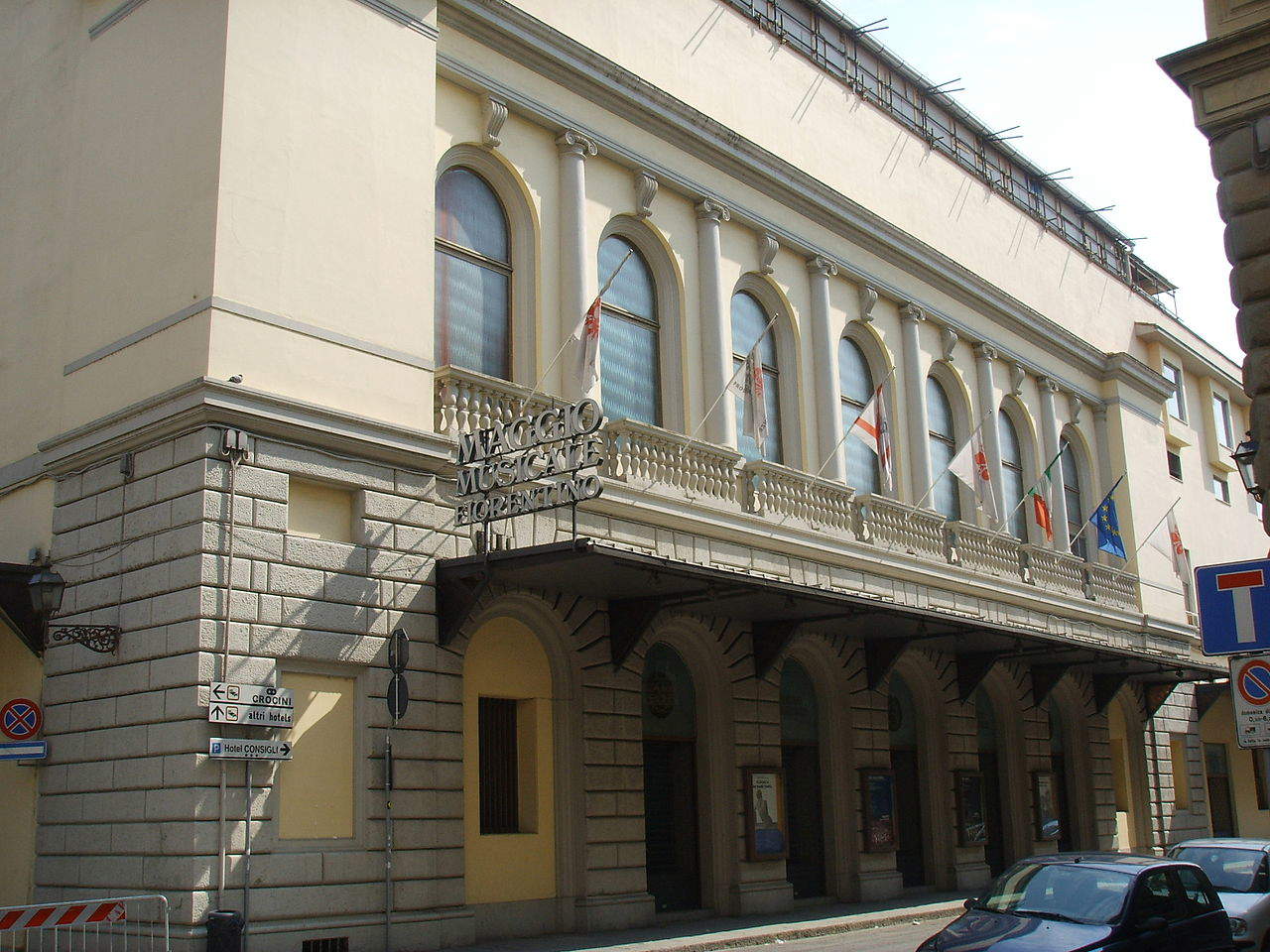
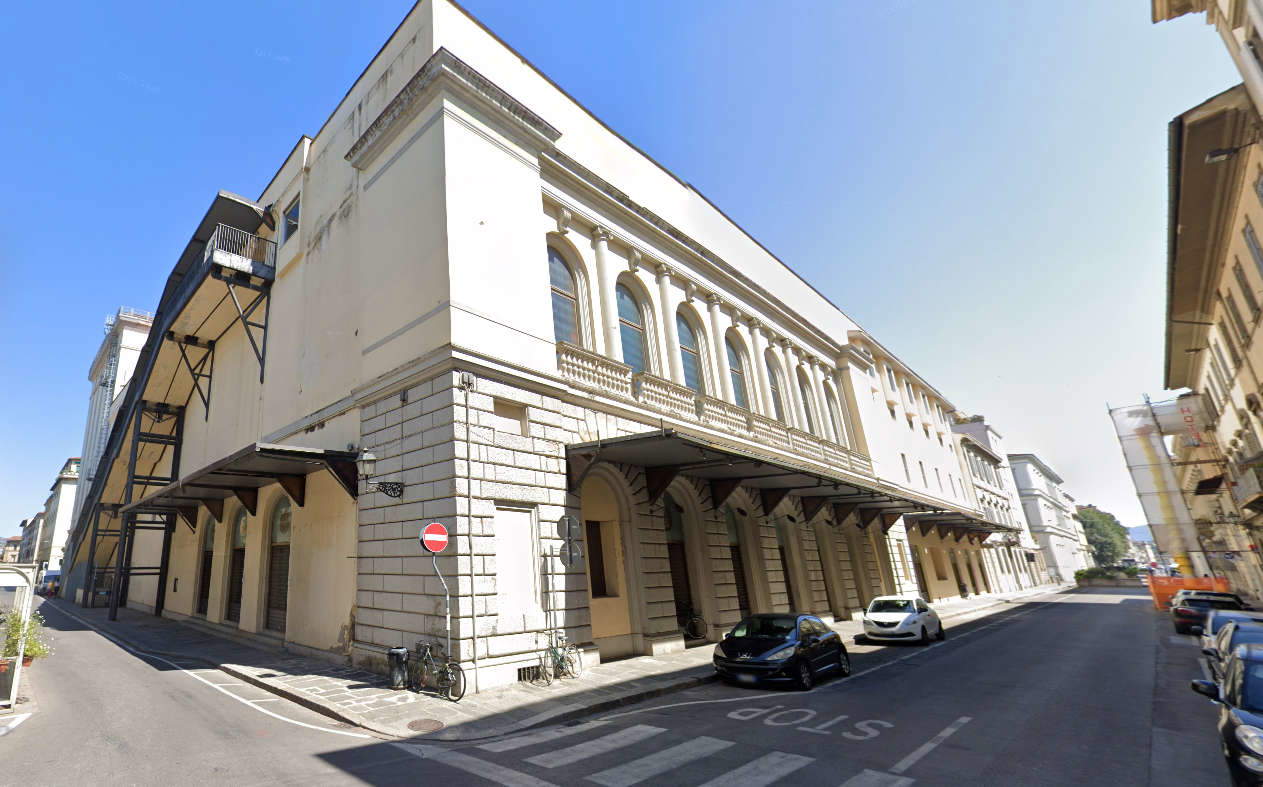
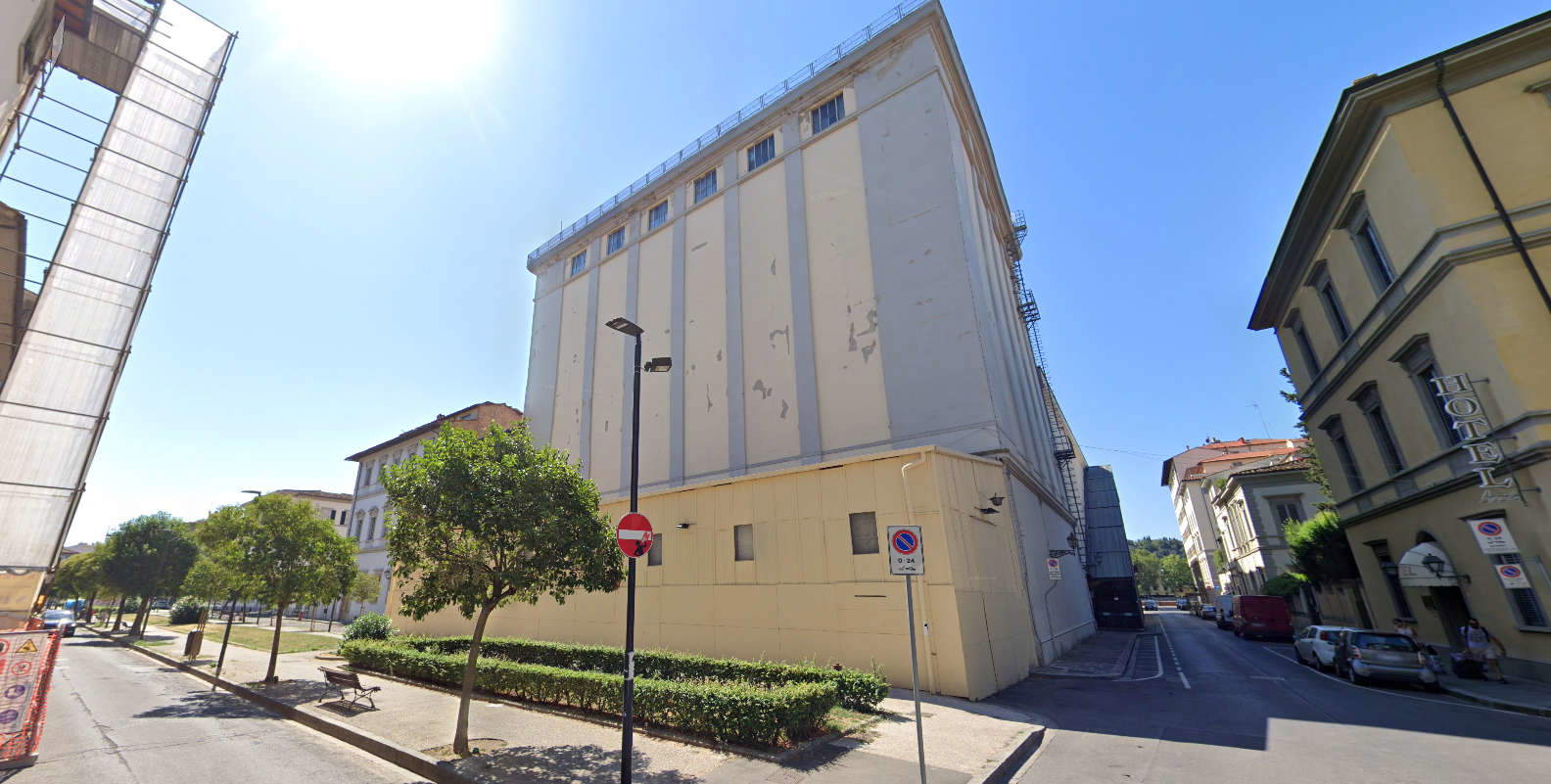
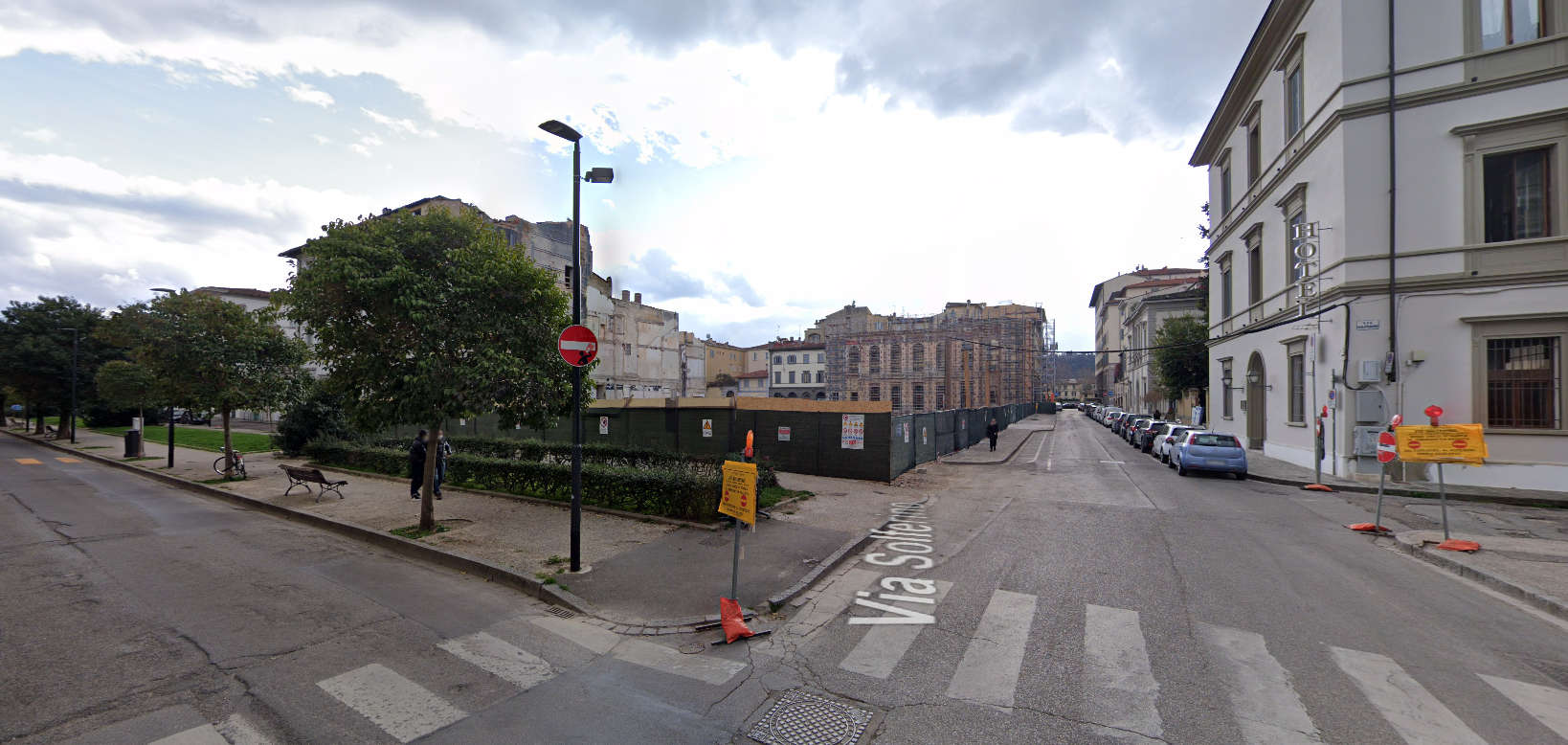
The construction site took shape in 2022 and, with the removal of scaffolding, brought out the silhouette of the so-called “black cube,” a burnished volume that towers above the surrounding buildings and overlooks the riverfront. The building, while complying with the height limits imposed by the replacement with the new theater (the construction was not to exceed the 30 meters of the old stage tower, and the built area was to be reduced: from the previous 21,000 square meters to 18,000), has aroused controversy in the city because of the materials and colors judged to be in contrast with the surrounding environment. Controversy flared up quickly, bouncing from social media to city and national newspapers and turning into a political and urban planning case. The criticism was not only about the aesthetic impact, but also about the method by which the permits were issued. The Superintendence, then headed by Andrea Pessina, had given a positive opinion on both the project and the materials used, although the renderings circulated at the time showed colors that harmonized with the nineteenth-century buildings of the neighborhood on which the theater stood(Corso Italia, a street that runs parallel to Lungarno Vespucci, in the Porta al Prato area). Today, however, the former superintendent himself says he does not remember the details of that decision, having signed thousands of acts in his tenure.
The wave of objections prompted the Public Prosecutor’s Office to open a fact-finding file, currently without suspects, to check for possible construction and urban planning violations. The Ministry of Culture has asked the Superintendence for clarification on the permitting process. The committee “Salviamo Firenze,” has called for the intervention of the judiciary, speaking of a “nightmare that offends the city”: it is “right to know how it was possible to arrive at that nightmare that offends the city, which needs to know not if they got the authorizations but how they got them. Especially if everything was carried out without substantial illegality,” they said.
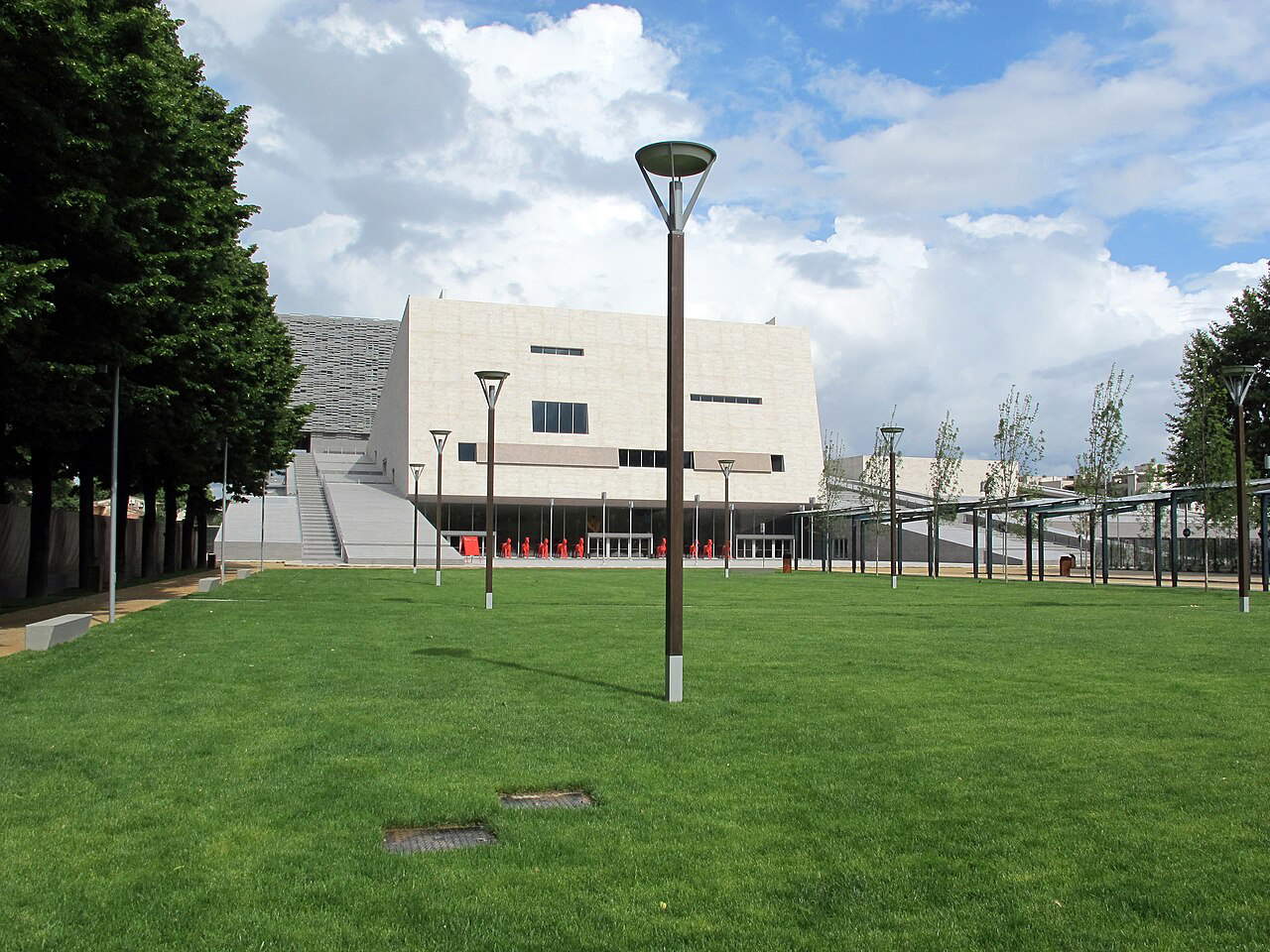
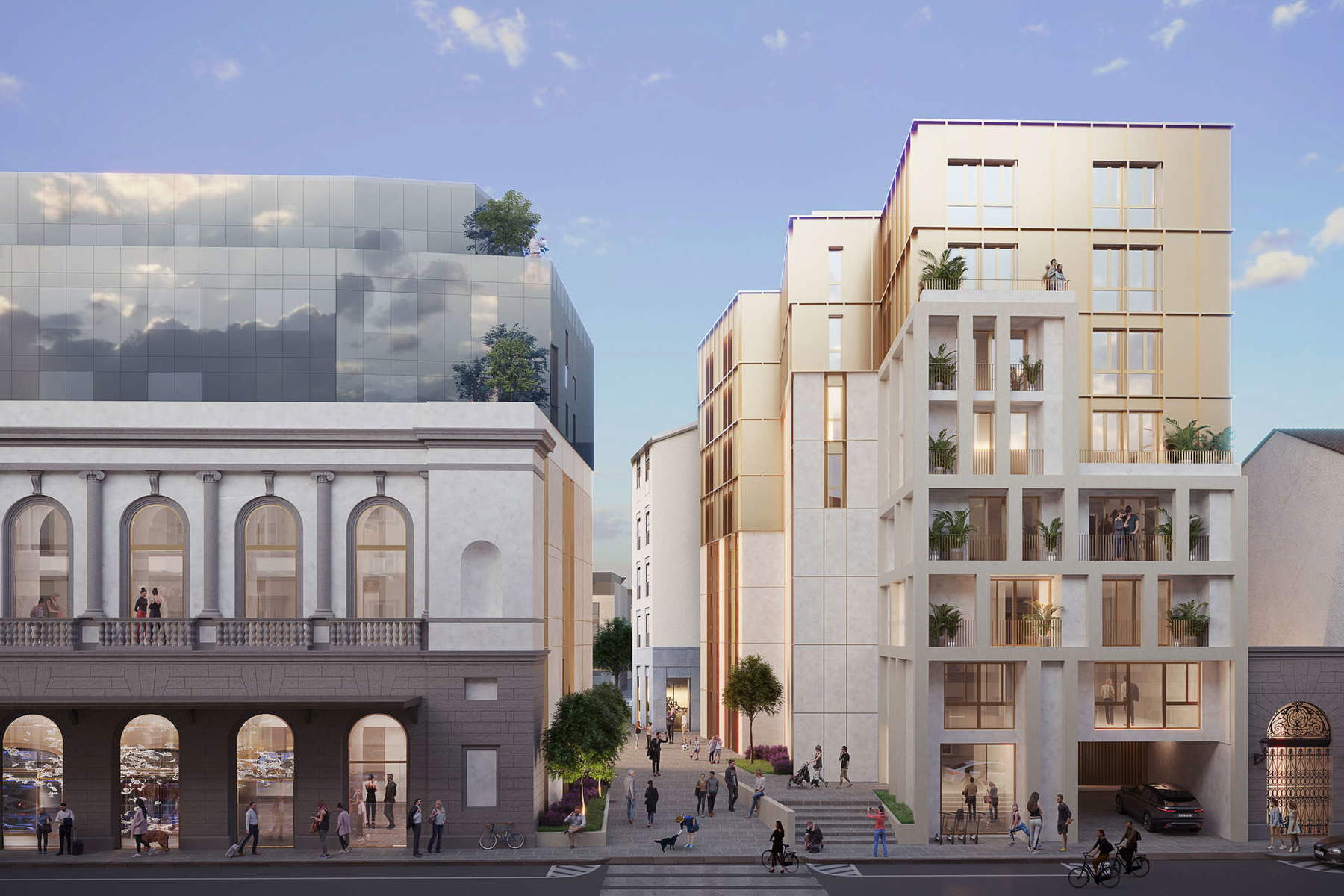
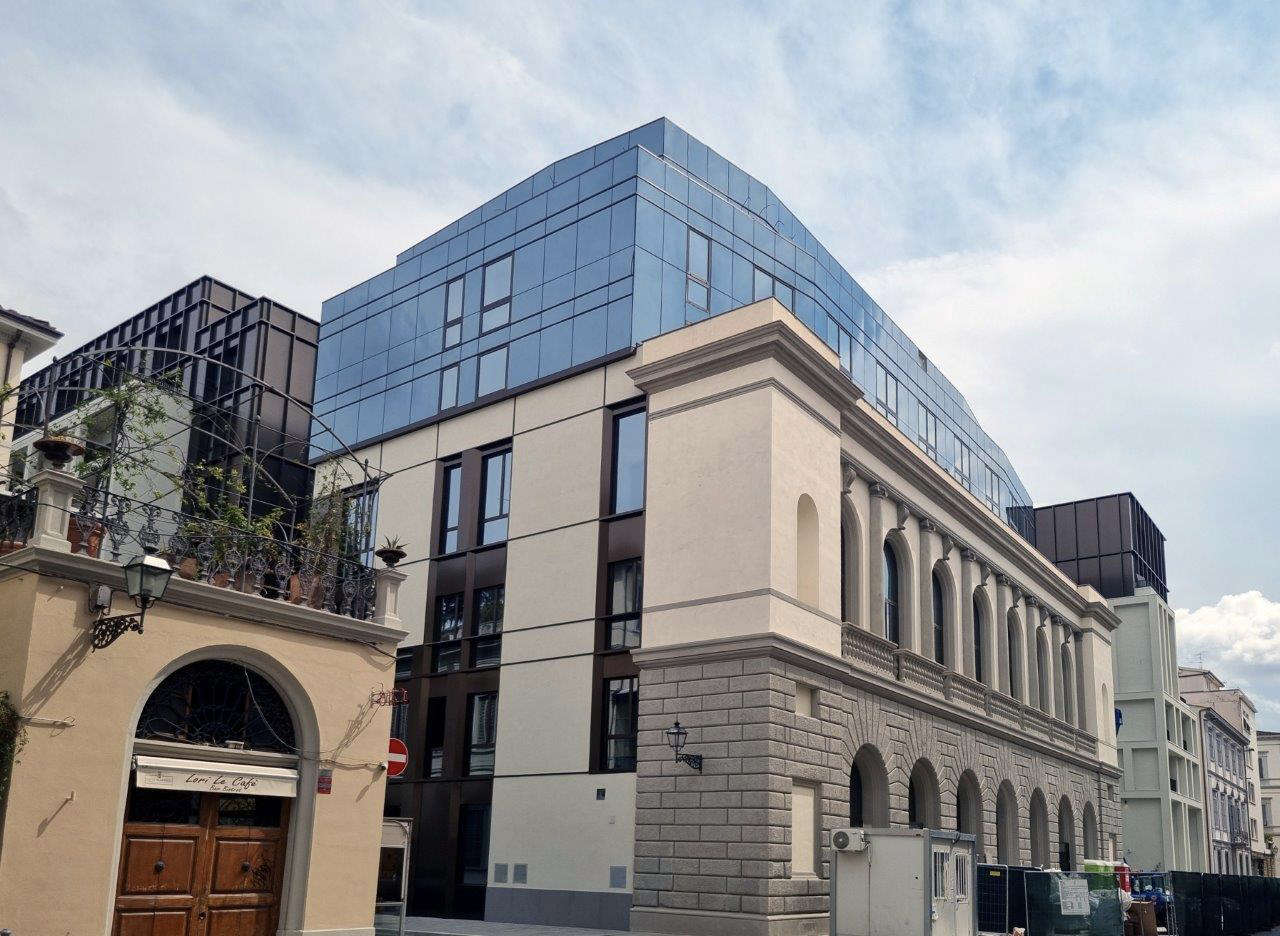
The debate then expanded to other aspects. Eike Schmidt, former director of the Uffizi and now a city councilor in opposition to the junta now led by Sara Funaro, evoked the risk that Florence could suffer the same fate as Dresden or Liverpool, which lost their Unesco heritage status because of new buildings deemed invasive to the urban landscape. “That ugly black block, which did not pop up at random but is the outcome of an urban transformation over which the administration should have been vigilant and made exceptions, represents an open and bleeding wound in the urban fabric,” he said. “It worries the yielding to private interests, it worries a great deal that no one has raised any doubts or made any remarks as appropriate, net of correctness on the formal and bureaucratic level. In light of all this, our civic list is considering filing a complaint with UNESCO in Paris, involving all the personalities who feel horror at this transformation. There are cities that have lost their Unesco World Heritage designation because of a single new construction.”
The Florentine section of Italia Nostra has openly criticized the administration’s choices, beyond the aesthetic impact of the building: “The question of aesthetics and color, which has filled the headlines, is secondary to the question of volumes and urban load on the nineteenth-century Cascine district, which is fully included in the Unesco area. As for the question of the contemporary in the historic center, provided it is well evaluated and contextualized, and this is not the case, it can be an opportunity for architectural redevelopment. It raises again the question of hyper-tourism pandered to in every way, of cities reduced to pure financial products, of yet another luxury settlement that transforms entire sections of the city into reserved communities for affluent residents, driving out historic residents. And in this, as in other cases, there is the problem of a desultory cultural, technical and administrative unpreparedness (with exceptions) of mayors, aldermen, local officials and the Florentine Superintendency itself. For example, was it really necessary to eliminate the old Municipal Theater ? Are we sure that the building that replaced it proved worthy of such a sacrifice ? Beyond its architectural value, did the old Comunale not have cultural qualities and a respectable identity to protect ?”
Beyond disputes, the affair of the former Municipal Theater cannot but highlight the political crux of Florence’s urban transformations. The sequence of downward sales, the intervention of international real estate funds, and the gradual replacement of public spaces with hospitality facilities and luxury residences reveal a development model that privileges the market and leaves the housing needs of citizens in the background.
The “black cube,” now visible from the lungarni, thus becomes the material symbol of a city suspended between budgetary needs and lack of an overall urban design. The prosecutor’s investigation will perhaps shed light on any technical responsibilities, but the debate on political responsibilities and, above all, on the idea of a city that has been followed in Florence for years will remain open.
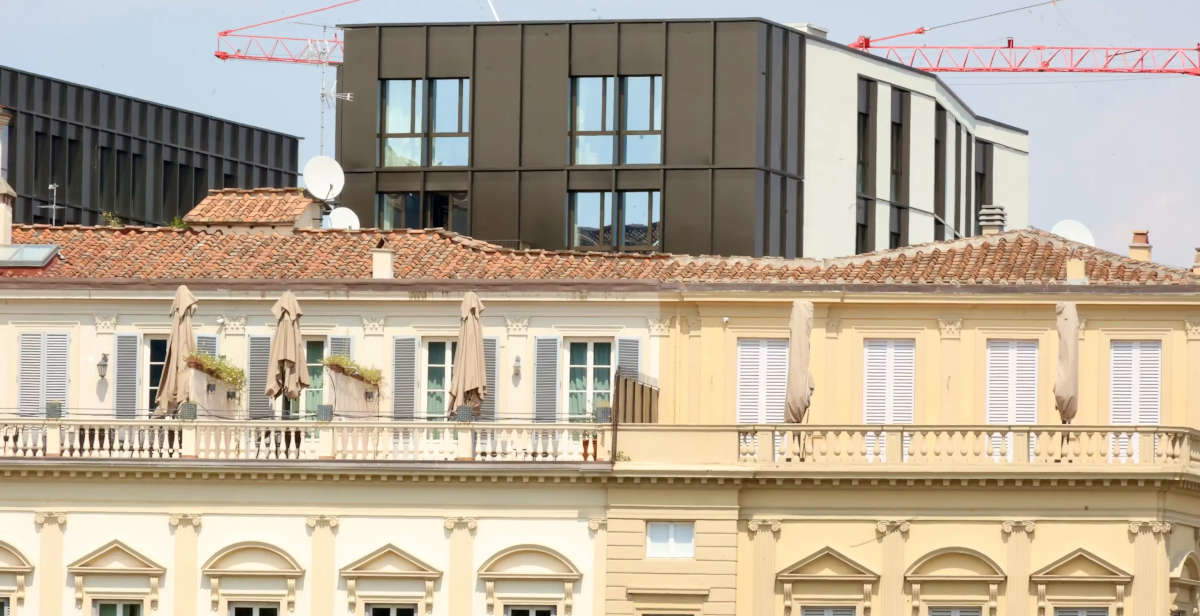 |
| How we got to Florence's black cube: the story of the former Municipal Theater in detail |
Warning: the translation into English of the original Italian article was created using automatic tools. We undertake to review all articles, but we do not guarantee the total absence of inaccuracies in the translation due to the program. You can find the original by clicking on the ITA button. If you find any mistake,please contact us.